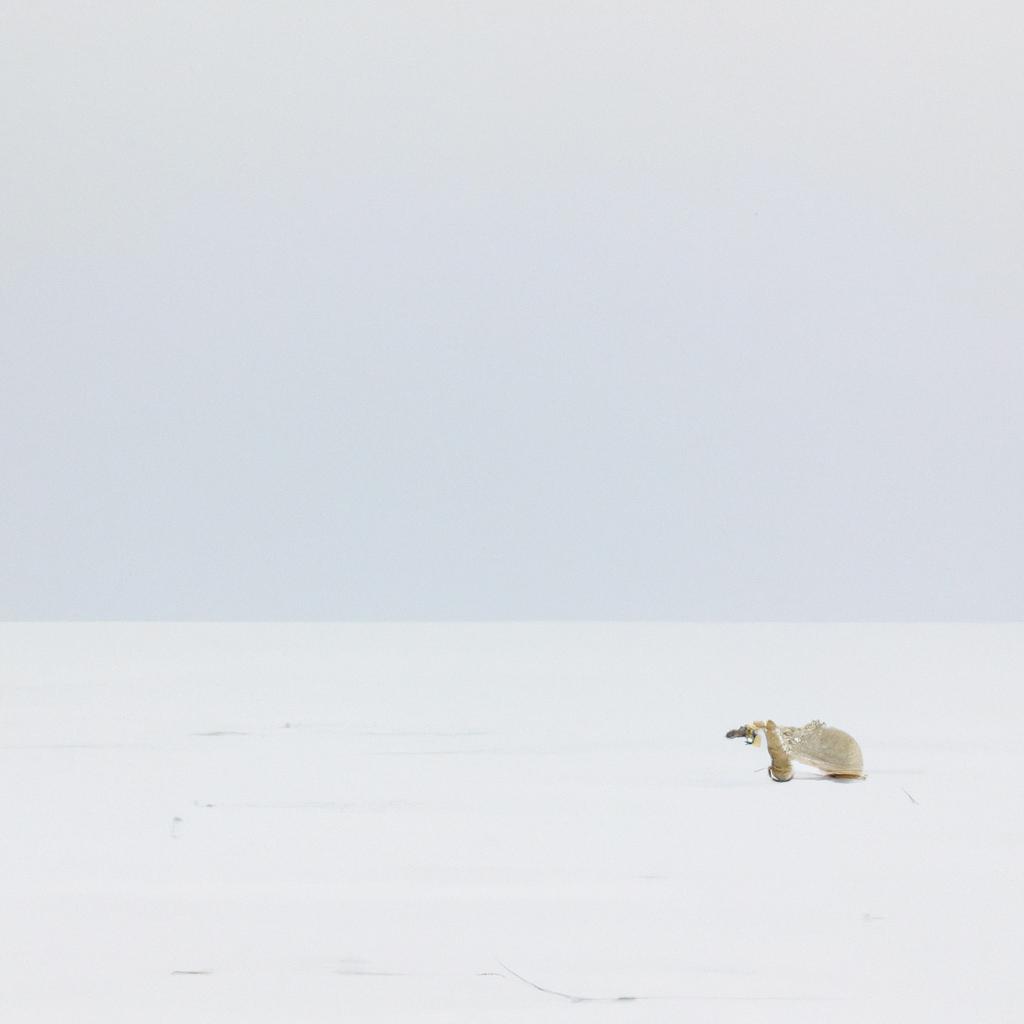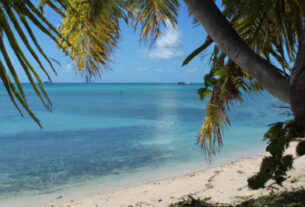As winter approaches, a magical transformation takes place, turning the world into a snow-covered wonderland as far as the eye can see. But have you ever wondered where the whitest place in the world is? Is there a place so extraordinarily white that it almost feels unreal?
The answer is a resounding yes! In this article, we embark on a captivating journey through the whitest places on Earth. From the pristine snowscapes of Antarctica to the glistening salt flats of Salar de Uyuni, we delve into the unique wonders of these places and unveil why they are worth exploring.
Definition of the Whitest Place in the World
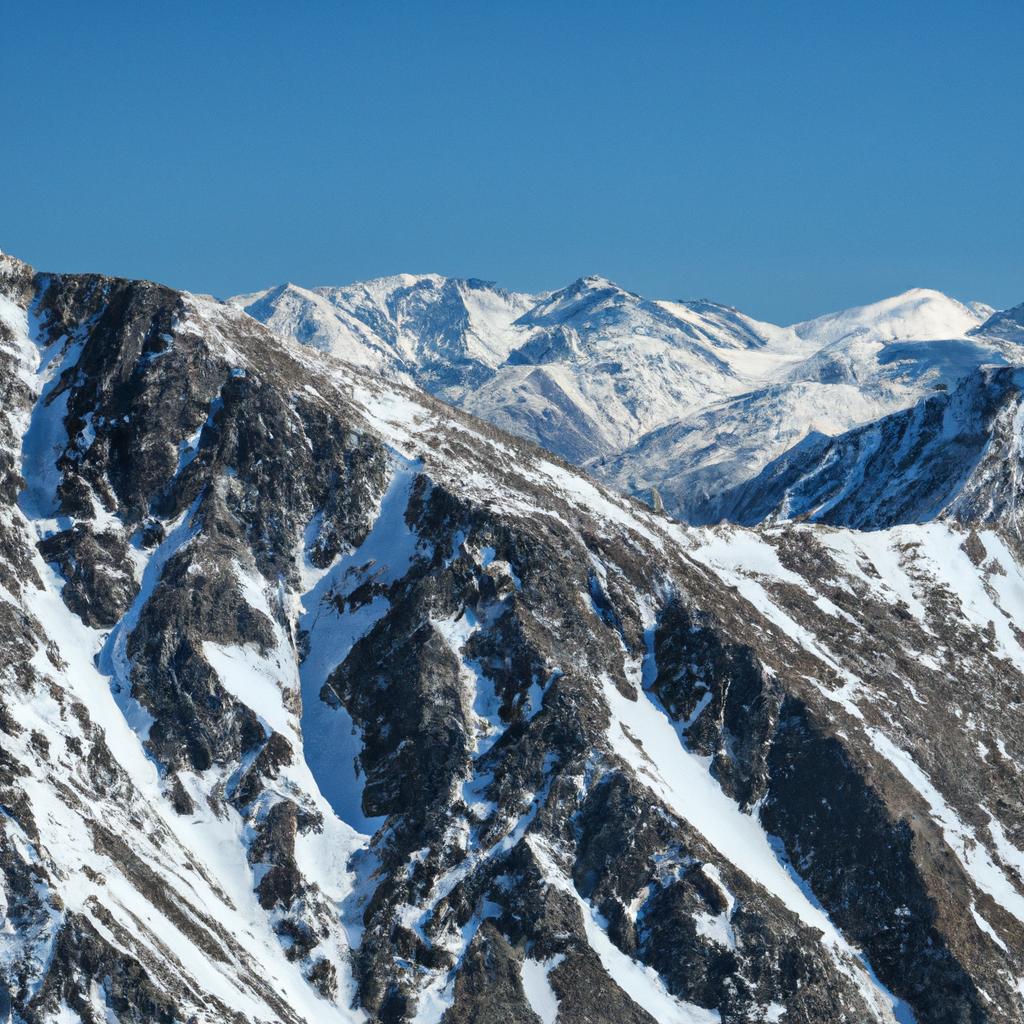
The whitest place in the world is an area covered by a layer of white material that reflects the majority of the light that falls upon it. This exceptional light-reflecting property, known as albedo, creates the mesmerizing whiteness that distinguishes these places.
Why It Is Important to Discover the Whitest Place in the World
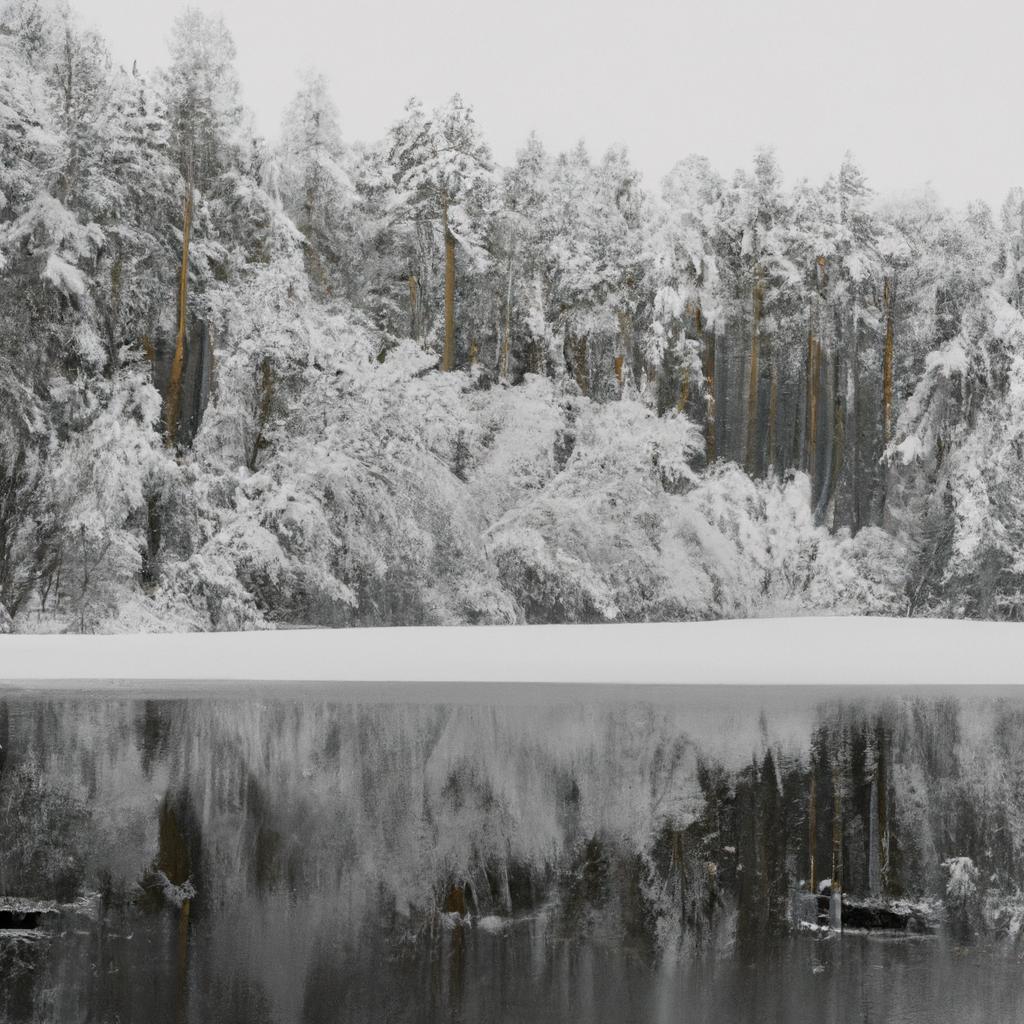
Knowing about the whitest place in the world goes beyond satisfying our curiosity; it holds practical significance. Studying these places helps us comprehend global climate patterns, which are influenced by the amount of sunlight reflected by Earth’s surface. Furthermore, some of these locations are noteworthy tourist destinations, and being aware of them contributes to more informed travel plans.
Brief History and Background Information
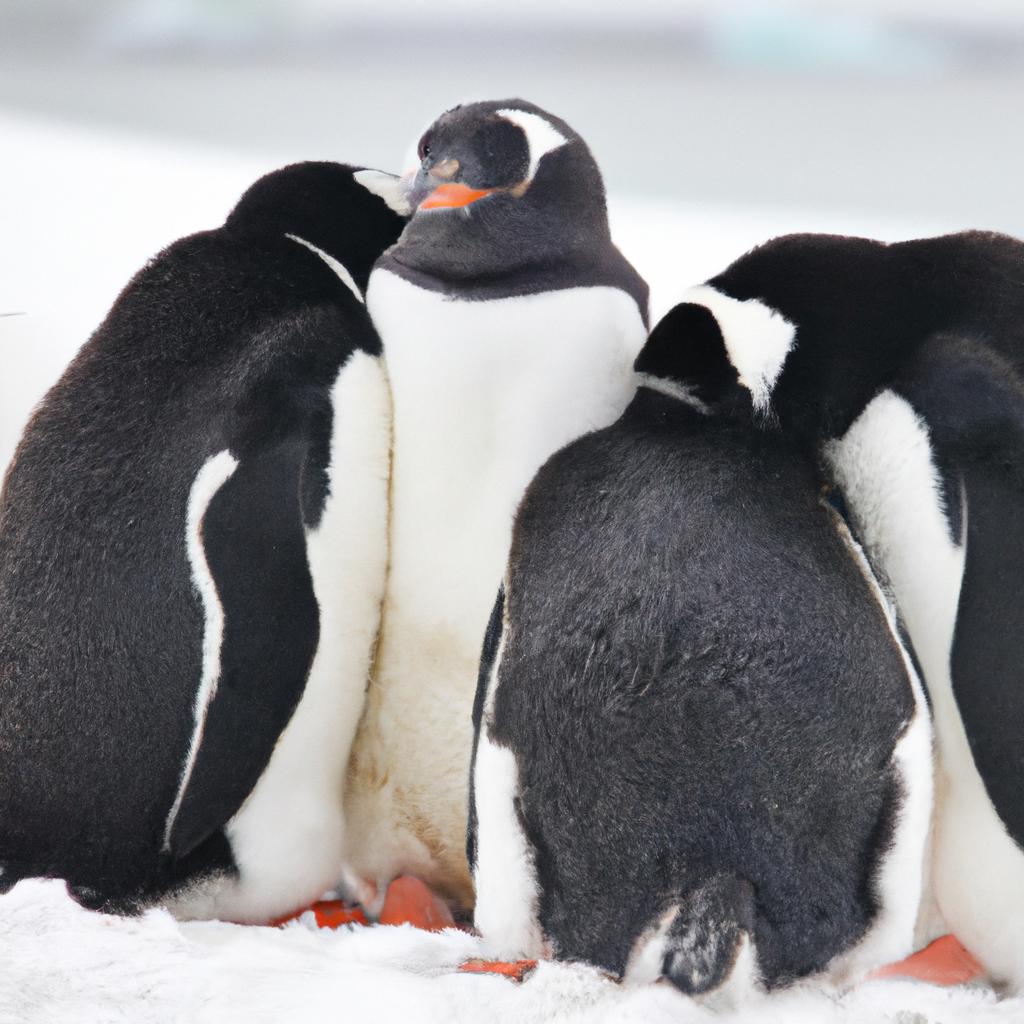
The concept of the whitest place in the world has fascinated explorers and scientists for centuries. Over time, technological advancements and improved transportation have made it easier to explore these places, providing us with a deeper understanding of their unique qualities.
What Makes a Place White?
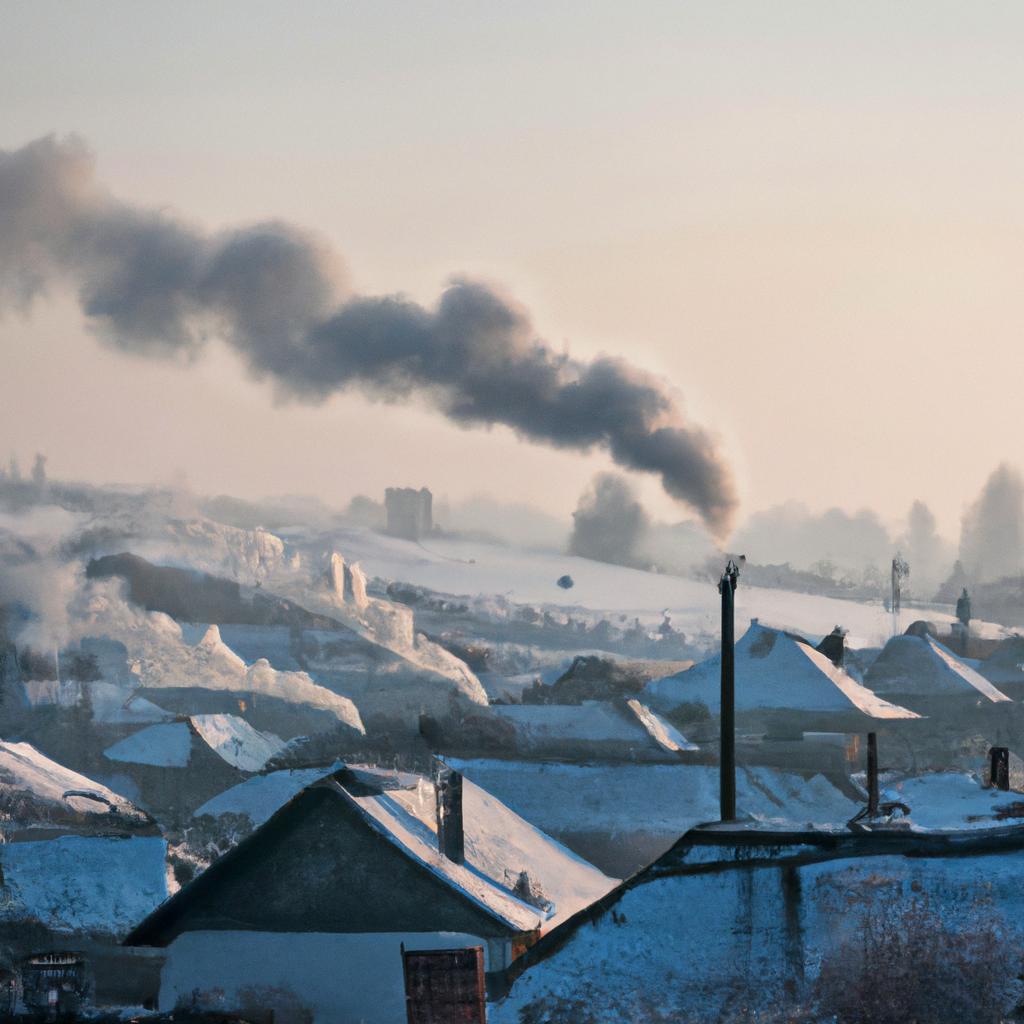
When we think of white places, we often envision snow-capped mountains or pristine beaches. However, various factors contribute to the whiteness of a place. Let’s explore them further:
A. Natural Factors
In some cases, a place’s whiteness is entirely natural. Climate, geology, and ecology play significant roles. For instance, the Arctic and Antarctic regions remain perpetually white due to the snow and ice that blankets them. Similarly, the salt flats of Salar de Uyuni owe their whiteness to the salt deposits left behind by ancient lakes. Other natural factors, such as specific minerals or rock formations, can also reflect light and give an area its white appearance.
B. Anthropogenic Factors
Human activity can also contribute to a place’s whiteness. Urban areas may become covered in a layer of white dust or pollution, creating a white facade. Agricultural regions that utilize significant amounts of pesticides or other chemicals can appear white due to the reflective properties of these substances.
C. Scientific Explanation
At its core, whiteness results from a material’s ability to reflect light. When light hits a white surface, it is absorbed and immediately reflected, resulting in a bright, white appearance. The reflectivity, or albedo, of a material determines its whiteness. Factors such as texture, chemical composition, and the angle at which light strikes it can all influence whiteness.
Top 5 Whitest Places in the World
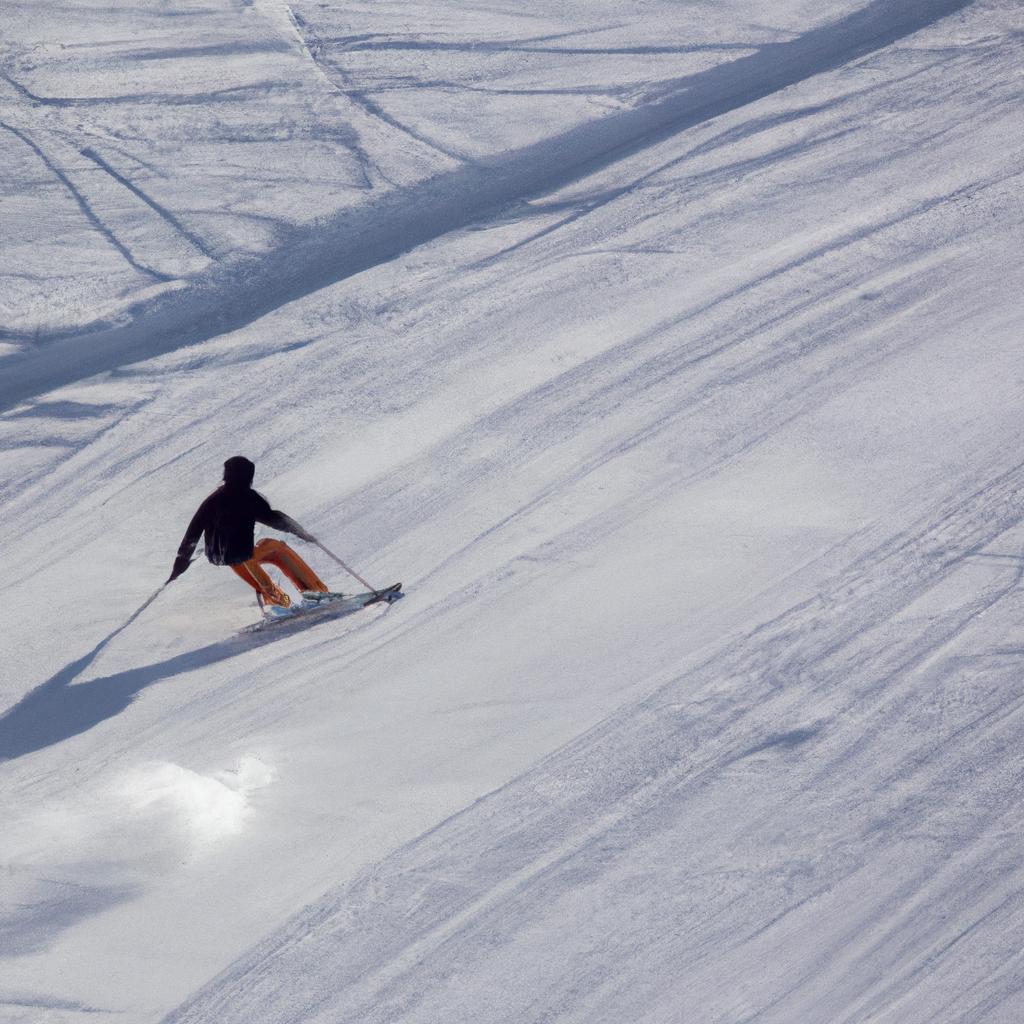
When it comes to the whitest places on Earth, several locations stand out. Here are the top 5:
Antarctica
Antarctica holds the title of the whitest place in the world, with an average albedo of 0.8. Approximately 80% of the sunlight that falls onto Antarctica is reflected back into space, making it a pivotal component of Earth’s climate system. Moreover, Antarctica boasts unique plant and animal species that attract adventurous explorers and scientists alike.
Greenland
Greenland, the largest island globally, is blanketed by the second-largest ice sheet in the world. This ice sheet covers 80% of Greenland’s surface area and can measure up to an astounding 3 kilometers in thickness. Its reflective qualities make Greenland one of the whitest places on Earth.
Salar de Uyuni
In Bolivia, Salar de Uyuni reigns as the world’s largest salt flat, spreading across an area of over 10,000 square kilometers. The flat’s astonishing whiteness arises from the layer of salt that reflects sunlight back into space. Salar de Uyuni also hosts a diverse range of wildlife and stands as a popular tourist destination.
Arctic Circle
The Arctic Circle, located north of the equator, is renowned for its frigid temperatures and snow-covered landscapes. It is home to a plethora of unique plant and animal species, earning it acclaim among adventurers and scientists alike. The Arctic Circle’s ability to reflect ample sunlight back into space solidifies its spot among the whitest places on Earth.
McMurdo Dry Valleys
Situated in Antarctica, the McMurdo Dry Valleys rank among the coldest and driest deserts globally. The valleys’ barren landscapes and towering glaciers contribute to their brilliant whiteness. Despite the harsh conditions, the valleys provide a habitat for a variety of unique plant and animal species, captivating scientists and adventurers.
Unique Features of the Whitest Place in the World
In envisioning the whitest place in the world, a barren and lifeless landscape often comes to mind. However, these places harbor extraordinary features that make them truly one-of-a-kind. Let’s explore some of these captivating facets:
Flora and Fauna
Even in such extreme conditions, certain plants and animals have adapted to thrive in these icy landscapes. Antarctica, for instance, houses several species of moss, lichen, and algae that flourish in the extreme cold. Penguins, seals, and whales are also common in the region, attracting wildlife enthusiasts.
Climate and Weather
The climate and weather in the whitest places on Earth are among the most extreme. Temperatures can plummet well below freezing, and blizzards and storms can occur unexpectedly. Yet, these unique weather patterns also give rise to magnificent natural phenomena, including breathtaking auroras and enchanting ice caves.
Tourism and Recreation
Despite the challenging circumstances, many individuals are drawn to the whitest places in the world for tourism and recreation. Greenland and the Arctic Circle offer opportunities for skiing, snowboarding, and ice climbing. Antarctica welcomes tourists on cruises, providing them with an up-close encounter with its awe-inspiring landscapes and wildlife.
Cultural Significance
For certain cultures, the whitest places on Earth hold great cultural significance. Indigenous communities, such as the Inuit people of the Arctic, have thrived in these regions for thousands of years, developing unique traditions and ways of life closely intertwined with the environment. Antarctica also bears historical importance, having been a site of scientific research and exploration for over a century.
In conclusion, the seemingly desolate whitest places on Earth encompass some of the most captivating and awe-inspiring landscapes our planet has to offer. Delving into their extraordinary features not only broadens our understanding of the world but also unveils practical applications. Let us cherish the beauty and diversity that surrounds us as we continue exploring and uncovering the secrets of the whitest place in the world.
So, when planning your next adventure, consider adding one of these snowy wonders to your itinerary. Rest assured, you won’t be disappointed.
Thank you for joining us on this journey through the whitest place in the world. Stay tuned for more exciting articles from TooLacks, your go-to source for all things nature, gardening, and animals.
